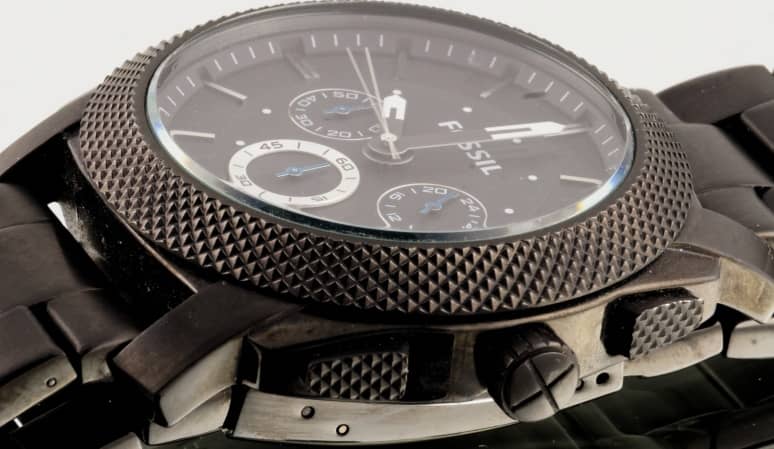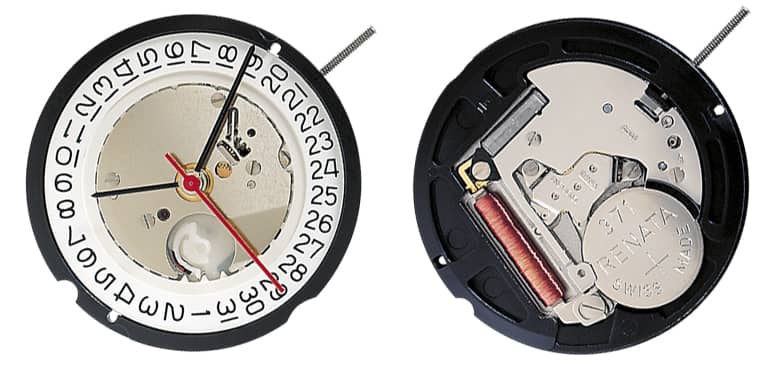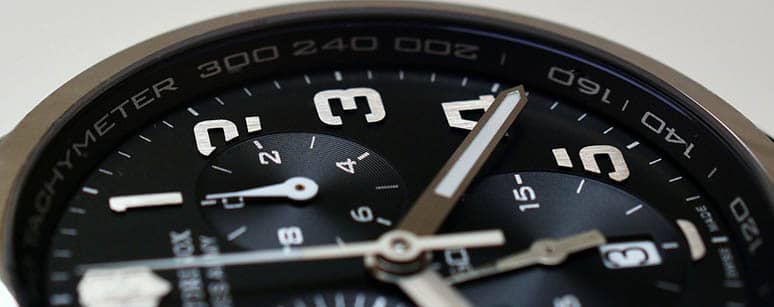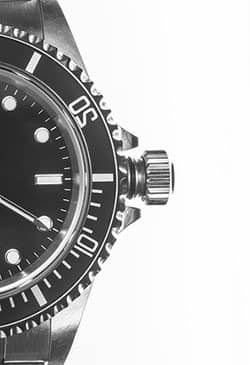The PVD coating on a watch is an advanced technique used in the manufacturing of high-quality watches.
This technique provides several advantages, such as increased wear resistance and durability.
In this article, we will delve into what PVD coating on a watch is, how it is applied, and why it is so important for the watchmaking industry.
Índice de contenidos
✚ What is PVD coating on a watch?
PVD stands for Physical Vapor Deposition, a process that involves the transfer of material at the atomic level from a solid source to a substrate through the evaporation or sublimation of the material in a controlled vacuum environment.
This process is used to apply coatings of various materials, such as metals, ceramics, and compounds, to a wide range of products, including watches.
✚ What is it used for?
The main reason PVD coating is used in watch manufacturing is its ability to enhance the wear resistance and durability of watch components.
PVD coatings can also provide a unique and attractive aesthetic to watches, making them more appealing to consumers.
Additionally, because the PVD process takes place under vacuum conditions, the applied coatings are extremely uniform and free from common defects found in other coating methods.
✚ Common types of PVD coatings on watches
PVD coatings on a watch can vary depending on the desired material and finish. Some of the most common PVD coatings include:
- Titanium Nitride (TiN): This coating provides excellent wear and corrosion resistance, as well as an attractive gold finish.
- Titanium Carbide (TiC): With a black or dark gray finish, titanium carbide offers exceptional wear resistance and high hardness.
- Zirconium Nitride (ZrN): With a light gold finish, zirconium nitride is wear and corrosion-resistant and is ideal for applications where a gold-like appearance is desired.
- Diamond-Like Carbon (DLC): This diamond-like carbon coating provides excellent wear resistance and an intense black finish.
✚ Advantages of PVD coating on a watch
- Wear resistance: PVD coatings can significantly increase the wear resistance of watch components, meaning the watch will maintain its optimal appearance and performance for a longer period.
- Corrosion resistance: It can also provide excellent protection against corrosion, which is especially useful in watches that are exposed to humid or salty environments.
- Aesthetics: Additionally, a wide range of colors and finishes can be applied, allowing watch manufacturers to design products with a unique and distinctive appearance.
- Compatibility with materials: The PVD process is compatible with a wide variety of materials, allowing watch manufacturers to use it to apply coatings to components made from different metals and alloys.
✚ Application process
The application of PVD coating on a watch follows a series of carefully controlled steps:
- Substrate preparation: Before applying PVD, the watch components must be prepared by cleaning and polishing the surfaces to ensure optimal coating adhesion.
- Evaporation of the coating material: The coating material, usually in the form of a solid source such as a metal or ceramic, is heated until it evaporates or sublimes in a vacuum environment.
- Coating deposition: The evaporated material is transported through the vacuum to the watch component, where it condenses and deposits as a thin and uniform film.
- Cooling and finishing: Once the PVD coating has been applied, the watch components are allowed to cool and, if necessary, undergo a finishing process to ensure a smooth and uniform surface.
✚ Conclusion
PVD coating is a cutting-edge technique used in the manufacturing of high-quality watches to enhance their wear resistance, durability, and aesthetics.
With a variety of materials and finishes available, this type of coating is an attractive choice for both watch manufacturers and consumers.
By understanding what PVD is and how to properly care for a watch with this type of coating, it is possible to enjoy a durable and aesthetically pleasing watch for many years.
Related
Relojes.Wiki participates in the Amazon EU and Amazon US Associates Program, an affiliate advertising program designed to provide websites with a means to earn advertising fees by advertising and linking to Amazon.es, Amazon.com and Amazon.co.uk
As an Amazon Associate, I earn from qualifying purchases. More info.





